
11 most common symptoms and signs as well as effective disease prevention measures
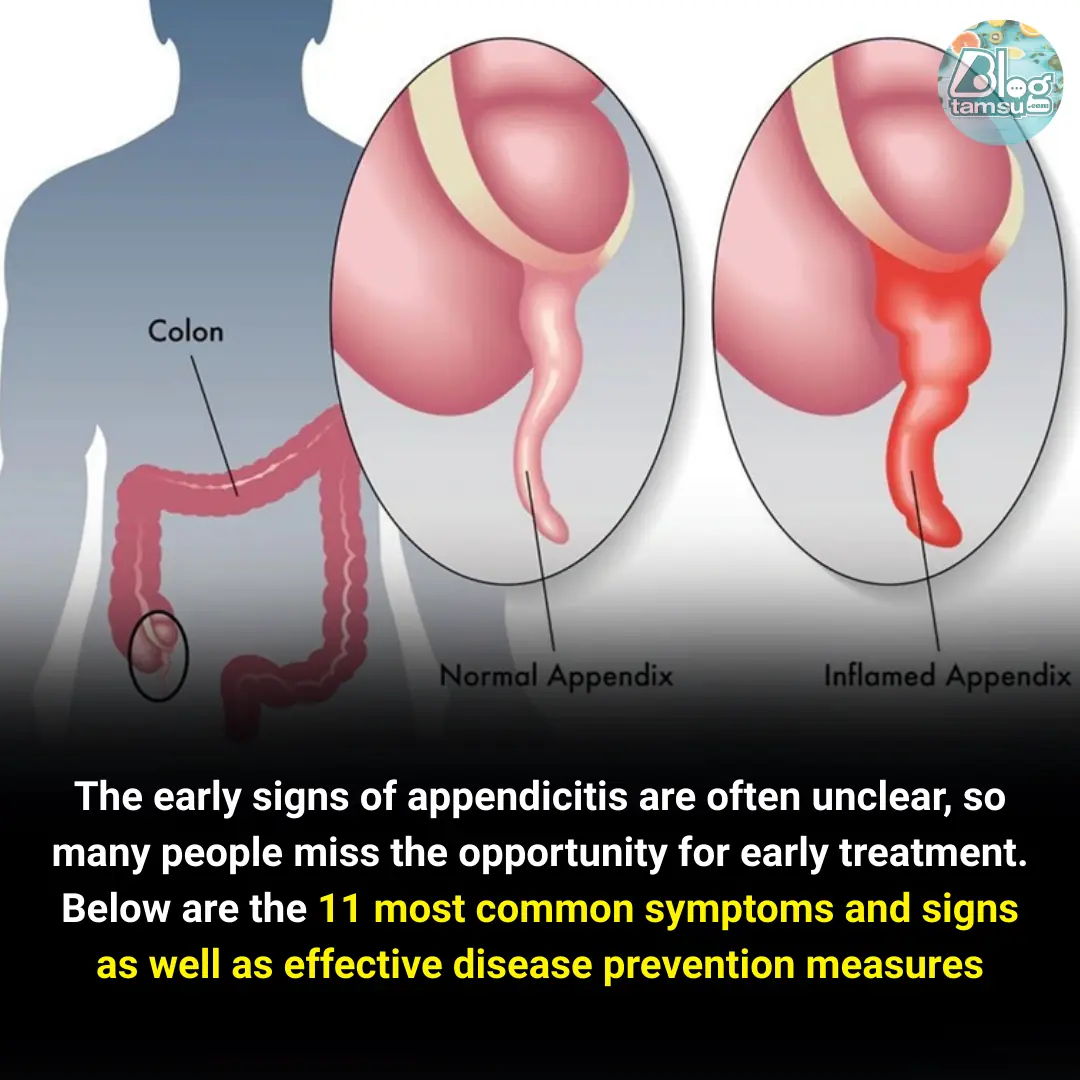
The Appendix: Structure, Symptoms, Causes, and Treatments
The appendix is a small finger-shaped tube located at the base of the cecum, near the junction between the small intestine and the large intestine. It usually measures between 3 to 13 cm in length, with an inner diameter of about 6 mm.
What is the appendix?
The appendix is a small segment of the digestive tract, shaped like a finger, with one closed end and the other attached to the cecum.
Appendicitis typically presents as a sharp pain in the lower right abdomen, which occurs when the appendix becomes blocked or inflamed. At this stage, the appendix can swell, form pus, and create abdominal pressure. In severe cases, it may reduce blood flow and lead to a medical emergency.
If left untreated, appendicitis can cause rupture, allowing bacteria to spread into the abdominal cavity. This is a dangerous situation that may lead to life-threatening complications.
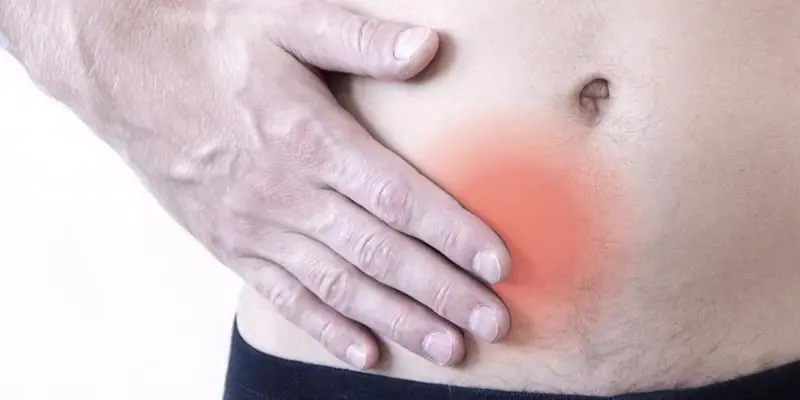
Common symptoms of appendicitis
Appendicitis should be treated promptly to avoid severe complications.
11 easily recognizable signs of appendicitis include:
Abdominal pain around the navel
Abdominal pain is the most common symptom of appendicitis. The pain may start around or above the navel and gradually worsen over 2 to 12 hours, shifting to the lower right side of the pelvis. Patients often experience cramping pain that intensifies with movement or changes in position. Depending on the location of the appendix, pain may also appear in the lower back, pelvis, or under the right rib.
Pain worsened by deep breathing, coughing, or sneezing
Patients often experience discomfort when taking deep breaths, coughing, or sneezing.
Diarrhea
Inflammation can disrupt normal digestion, leading to uncontrollable diarrhea.
Constipation
Some patients may have difficulty passing stools or gas, accompanied by abdominal discomfort.
Loss of appetite
Patients often lose their appetite, starting with mild disinterest in food and progressing to a complete aversion to eating.
Nausea and vomiting
Along with abdominal pain, patients may feel nauseous or vomit, especially after meals, which worsens fatigue.
Fever
Appendicitis often causes mild fever (around 38°C). In cases of peritonitis with severe infection, the fever may be much higher
Abdominal bloating and swelling
Patients may feel abdominal tightness and notice swelling.
Frequent urination
Inflammation may irritate surrounding organs, causing the urge to urinate more frequently.
Indigestion and bloating
Inflammation may reduce nutrient absorption, causing bloating and digestive discomfort.
Severe abdominal pain leading to insomnia
Persistent, severe abdominal pain may prevent restful sleep and reduce quality of life.
Causes of appendicitis
Appendicitis usually results from blockage at the opening between the appendix and cecum. Causes include:
-
Accumulation of mucus or fecal matter that hardens into small stones (fecaliths), blocking the passage.
-
Once blocked, bacteria inside the appendix multiply, causing infection and inflammation. If the infection spreads, the appendix can rupture, leading to peritonitis (abdominal infection).
In some cases, the infection may remain localized, forming an appendiceal abscess. Occasionally, mild appendicitis may resolve on its own without surgery, especially in older patients, when treated with antibiotics.
Complications of untreated appendicitis
If not diagnosed and treated promptly, appendicitis may cause:
-
Peritonitis: A life-threatening infection of the abdominal lining, with symptoms including high fever, chills, low blood pressure, bloating, and severe abdominal pain.
-
Abscess: If an abscess ruptures, pus can spread into the abdominal cavity, worsening infection.
-
Appendiceal mass: Sometimes, surrounding tissues wall off the infection, forming a mass that may resolve or turn into an abscess.
Treatments for appendicitis
Currently, surgery is the most effective treatment for appendicitis, regardless of severity.
-
Laparoscopic appendectomy: Minimally invasive, commonly used in uncomplicated cases, with faster recovery.
-
Open surgery: Recommended for severe inflammation, rupture, or when laparoscopy is not possible.
Other treatments may include:
-
Antibiotics: For mild cases or patients unfit for surgery.
-
Abscess drainage: If an abscess is present and immediate surgery is not possible.
⚠️ Treatment should always be based on medical examination and doctor’s advice. Patients should never self-treat at home.
FAQs about appendicitis
-
Can appendicitis be prevented?
There is no guaranteed way to prevent appendicitis. However, maintaining a healthy lifestyle and treating gastrointestinal infections promptly may reduce risk. -
How long does recovery take after surgery?
Recovery time varies, but most patients heal within 1–3 weeks after surgery. -
Are there dietary restrictions after surgery?
There are no strict food restrictions, but patients are advised to eat light, easily digestible meals and avoid greasy, spicy foods during recovery.
News in the same category


4 Foods With an Extremely Short Shelf Life After Opening – Don’t Trust the Expiry Date!

5 harmful effects of sitting cross-legged

Chives: A familiar spice but contains 8 great health benefits

7 surprising effects of drinking warm lemon water in the morning
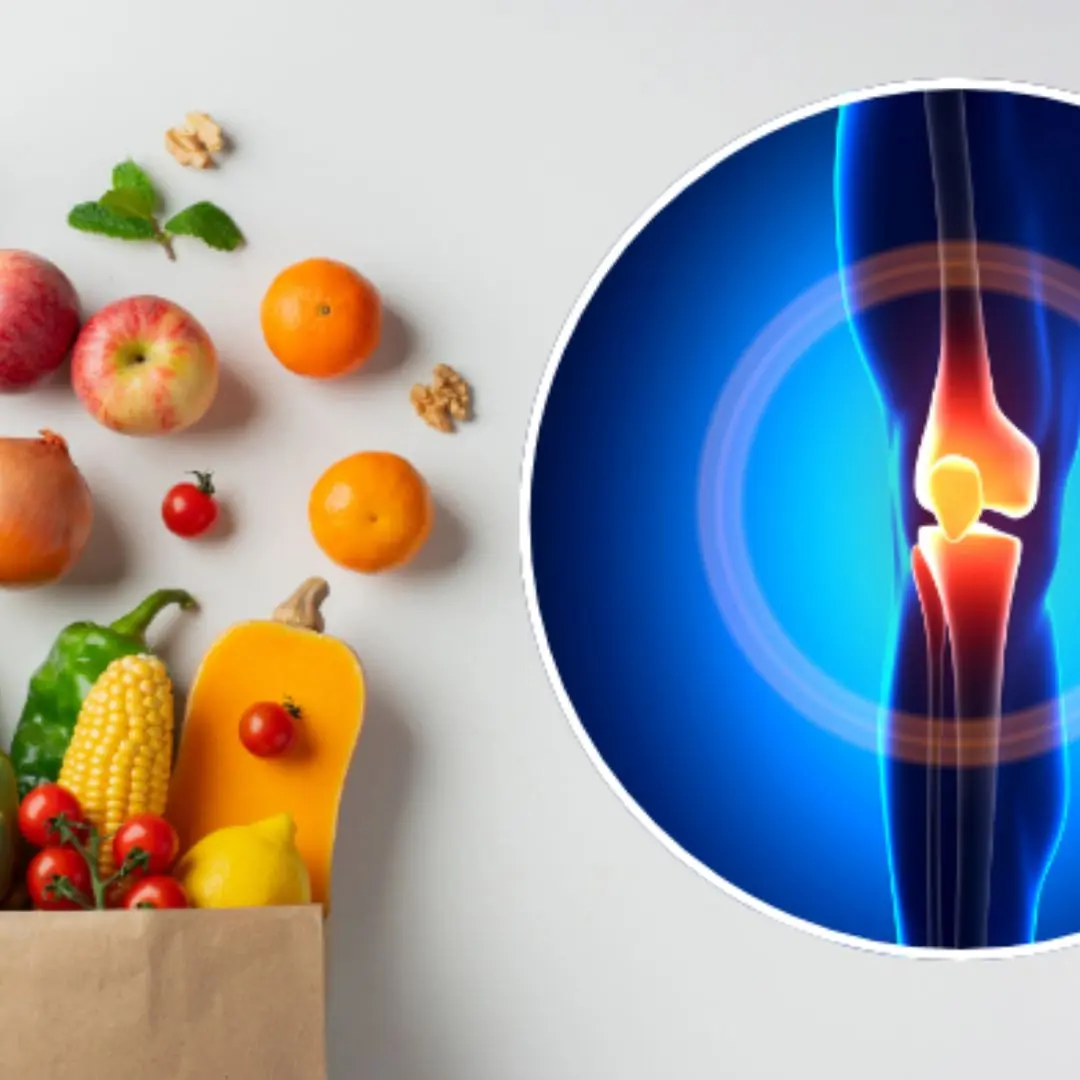
14 Healthy Foods You Should Add to Your Diet to Reduce Joint Pain and Stiffness

Eating Greek Yogurt Every Morning for 1 Week
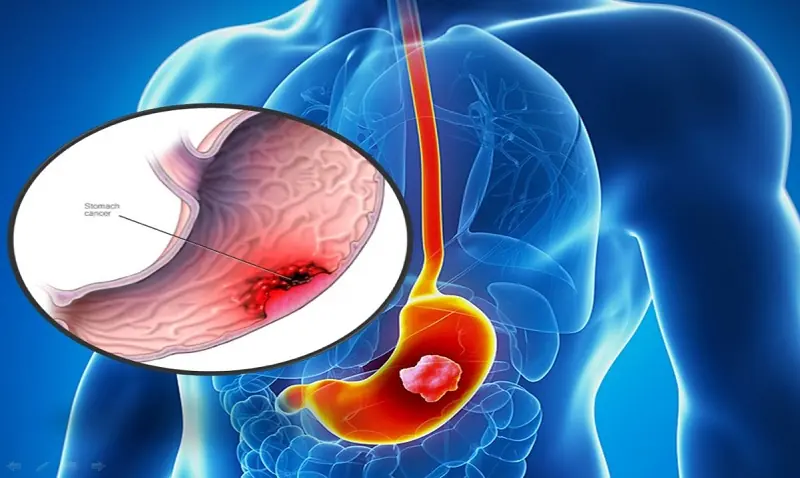
5 “Superfoods” That Fight the Deadly Sto.mach Can.cer Bacteria
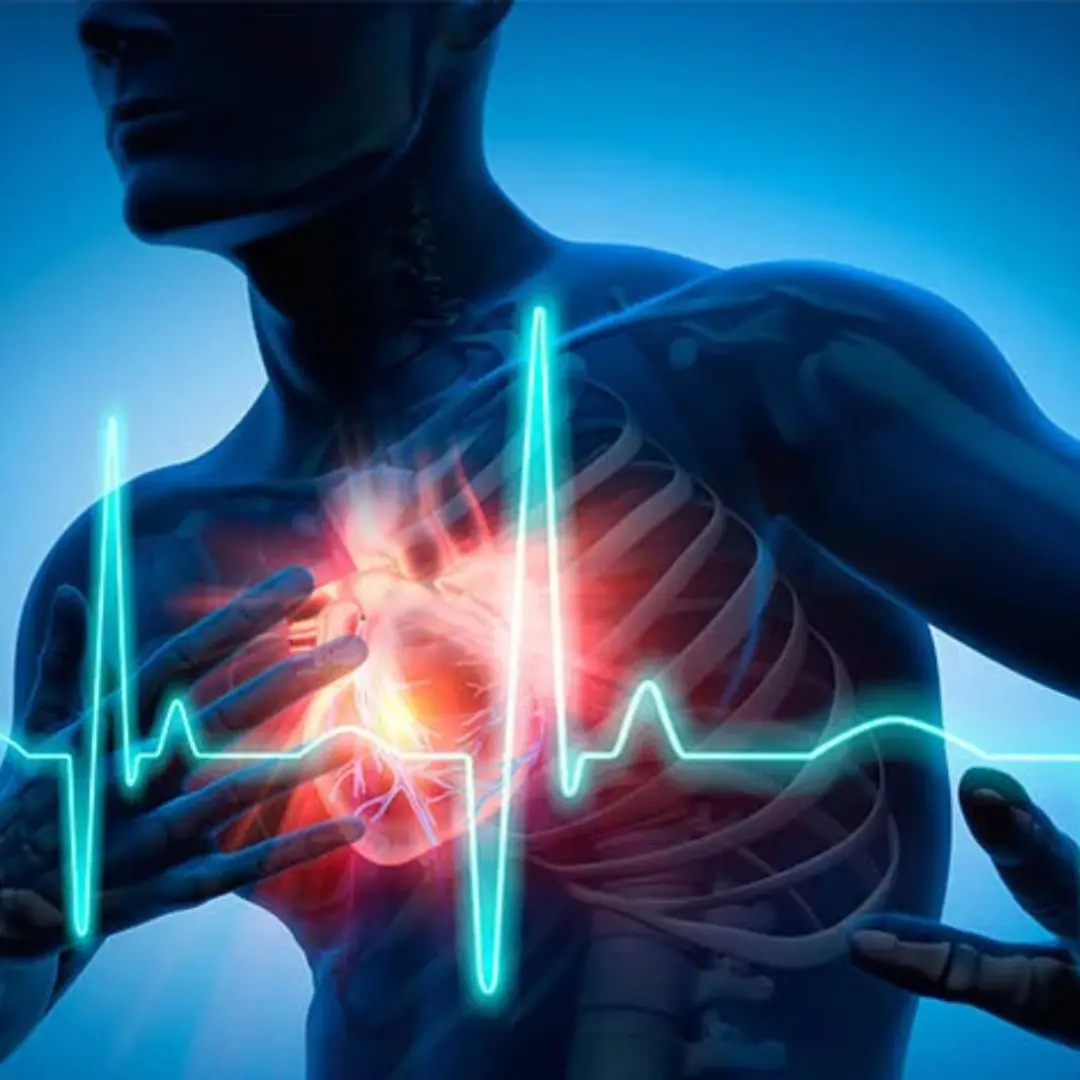
Just 3 Nights Of Poor Sleep May Raise Heart Disease Risk, New Study Warns

5 vegetables you should never eat raw — they may hide worm nests that turn into parasites in your stomach

5 Types of Vegetables That Hide “Nests of Parasites”

Don't miss: this nail color may be related to heart and lung disease

Drinking orange juice at these 3 times is both wasteful and harmful to your health

8 reasons why you should not stand while drinking water
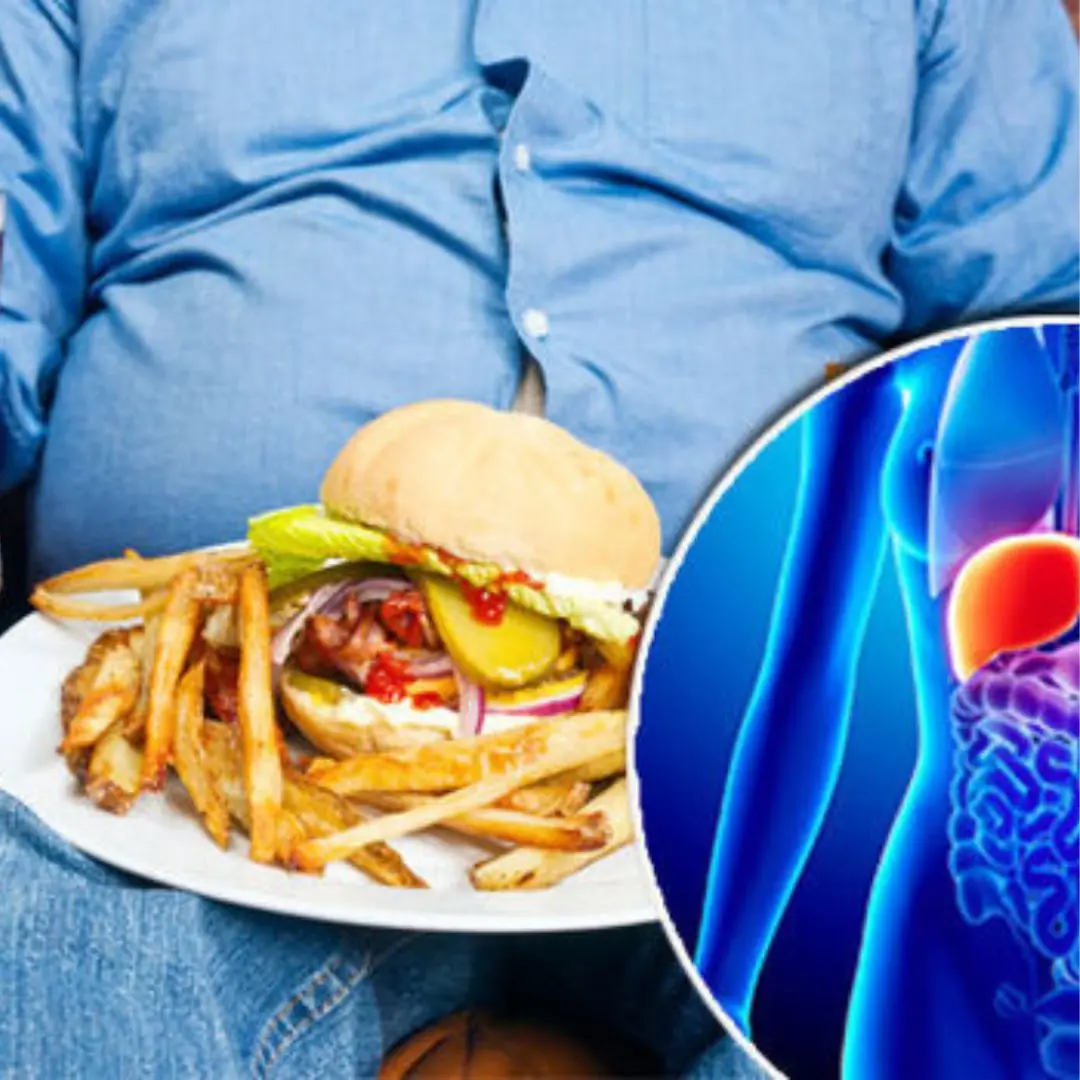
5 dangerous habits that are destroying your liver: Quit now before it's too late
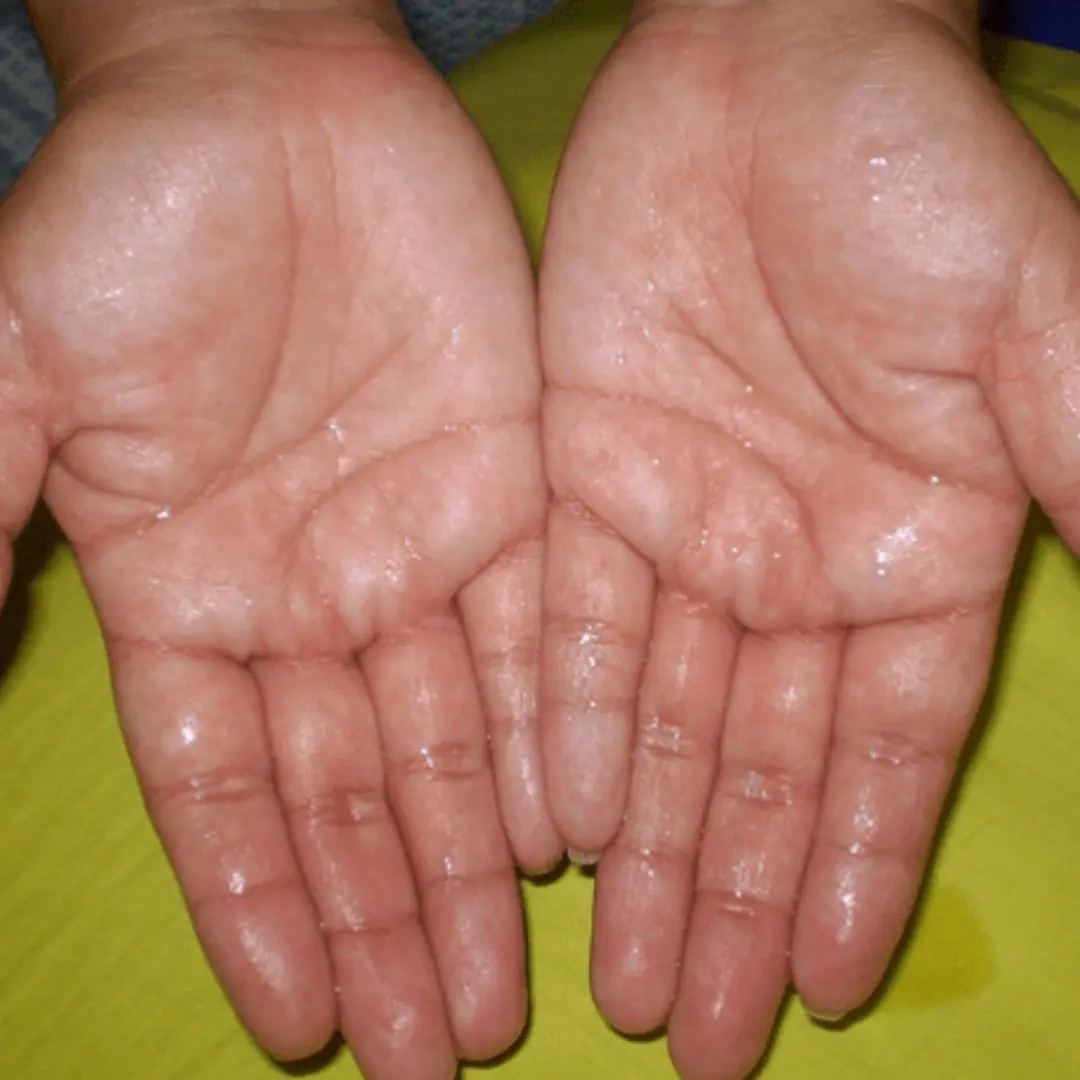
What’s Really Going On When Your Hands and Feet Won’t Stop Sweating?
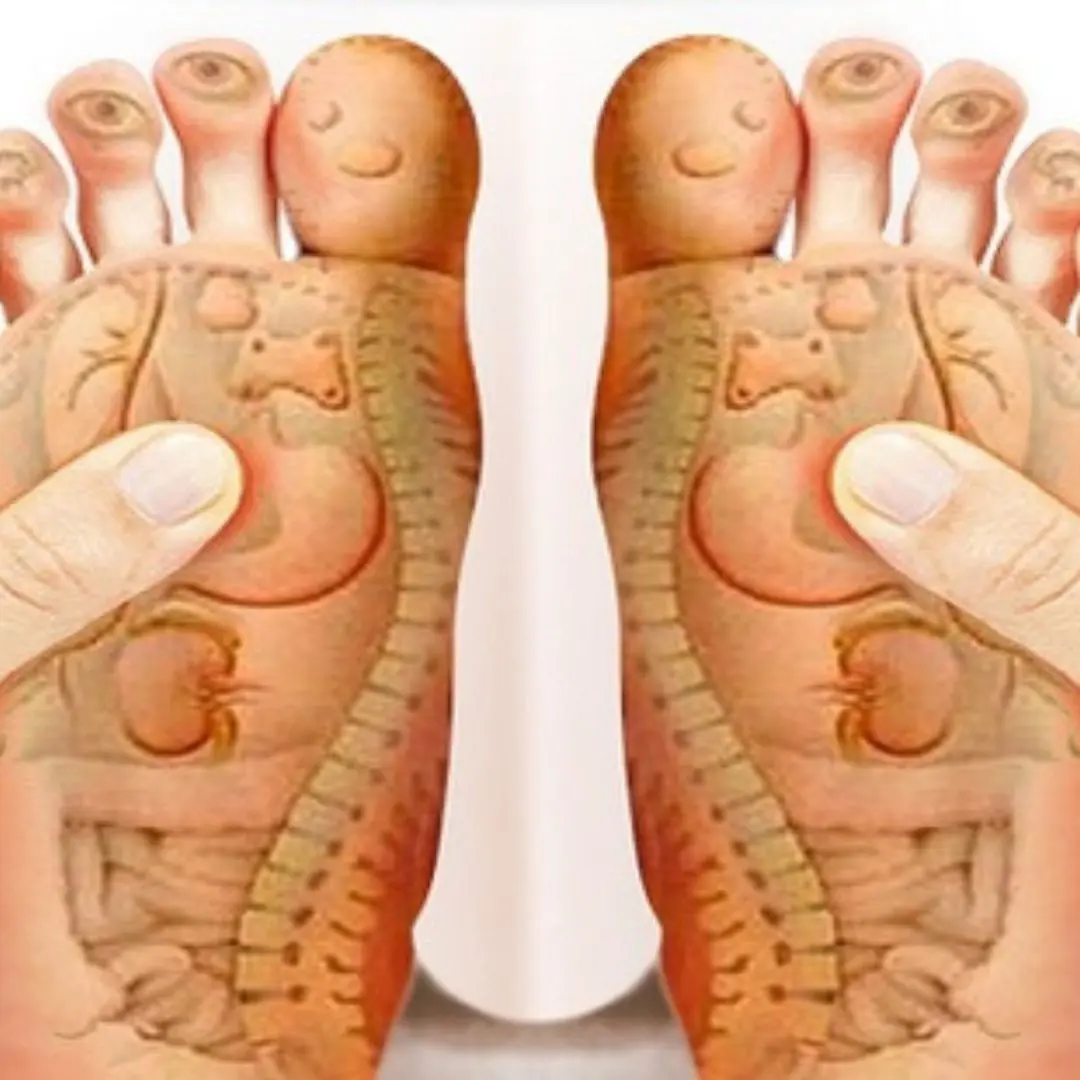
Cold Feet All the Time? 6 Reasons That Have Nothing to Do With the Weather
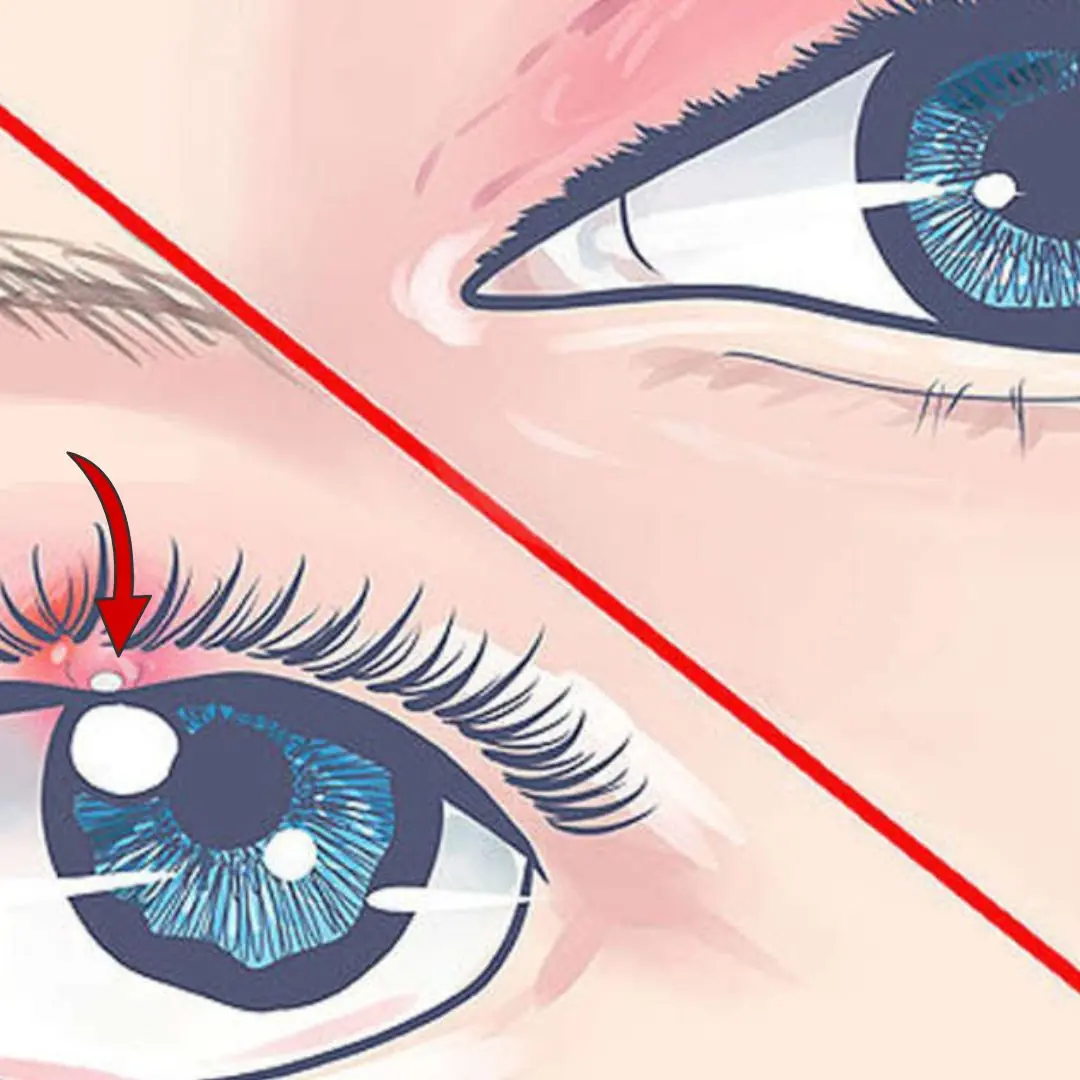
What Exactly Is a Stye — and How Can You Get Rid of It?

6 Types of Food You Should Never Keep Overnight
News Post

5 Foods That Can Wreck Your Kidn.eys Without Mercy

4 Foods With an Extremely Short Shelf Life After Opening – Don’t Trust the Expiry Date!

Reasons you should not ki.ll millipedes

Cop comforts toddler during welfare check and 2 years later becomes her father

Identical twin sisters give birth to sons on same day at the same hospital

5 harmful effects of sitting cross-legged

Chives: A familiar spice but contains 8 great health benefits

7 surprising effects of drinking warm lemon water in the morning

Why do elevators have mirrors? The manufacturer gives 3 reasons that surprise many people

14 Healthy Foods You Should Add to Your Diet to Reduce Joint Pain and Stiffness

When A Brown Bug Like This Appears In Your Yard, Immediate Action Is Required

Eating Greek Yogurt Every Morning for 1 Week

These 5 Foods Can Wreck Your Kid.neys Faster Than Alcohol

5 “Superfoods” That Fight the Deadly Sto.mach Can.cer Bacteria

A love story that defies expectations: Russian man and Nigerian woman raise their beautiful family

Just 3 Nights Of Poor Sleep May Raise Heart Disease Risk, New Study Warns

Fabulous! The newborn baby relaxes to the sound of daddy’s piano

5 vegetables you should never eat raw — they may hide worm nests that turn into parasites in your stomach
